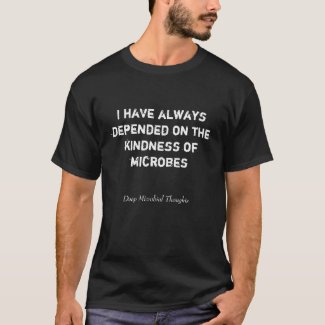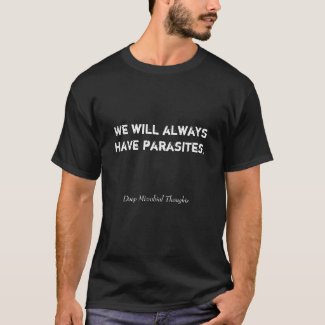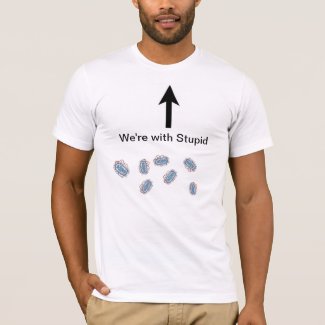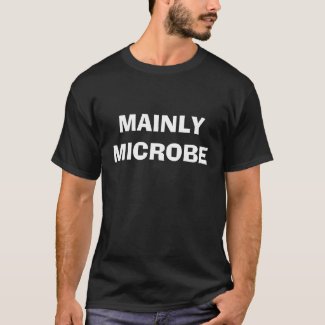
Just got this email below. It is from a marketing person promoting Raphael Kellman's new book. And it has an absolutely dangerous, ridiculous claim in it. They claim that if you have memory loss, or mood problems, these are not in your head at all - this is caused my problems in your microbiome. What absolutely bullshit. Sure, the microbiome can impact the brain and mood. But to go from that to claiming that all memory loss and mood issues are due to problems with the microbiome. Dangerous. Deceptive. Scary. Snake oil.
But yes, I would be happy to write about your book. Right here. Right now.
Here is the email
Hello!We are excited to announce the publication of The Microbiome Breakthrough: Harness the Power of Your Gut Bacteria to Boost Your Mood and Heal Your Body by Raphael Kellman, M.D. This revolutionary guide by the author of The Microbiome Diet offers a medication-free, scientifically-based approach to healing depression, anxiety, and brain fog by focusing on your “whole brain” – the brain, the gut, the microbiome, and the thyroid.If you are one of the millions of people who feel that you have memory loss or an inability to maintain a balanced, happy mood, the problem is not “in your head,” it is in your microbiome (the trillions of health-promoting bacteria in your body) and your gut. In The Microbiome Breakthrough, you’ll learn about the latest cutting-edge science and discover the Whole Brain Protocol, a powerful four-week plan that advises you on what to eat and which supplements and probiotics to take, so that your brain functions at its best level. Along with delicious, health-supporting recipes, meal plans, and other tips and strategies, The Microbiome Breakthrough will help make your brain work better, enabling you to feel calm, energized, and clear headed without prescription medications.We would love to partner with you to spread the word about this groundbreaking book from a pioneer in holistic and functional medicine. If you would like to review it on your blog or website, promote it on your social media or email newsletter, or host a giveaway, we would be more than happy to send you a copy.I look forward to hearing from you!Thank you,NAME--NAMEMarketing DepartmentDa Capo Press | Lifelong Books | Seal PressAn Imprint of Perseus Books | A Hachette Book Group Company53 State St., 9th Fl. | Boston, MA 02109












